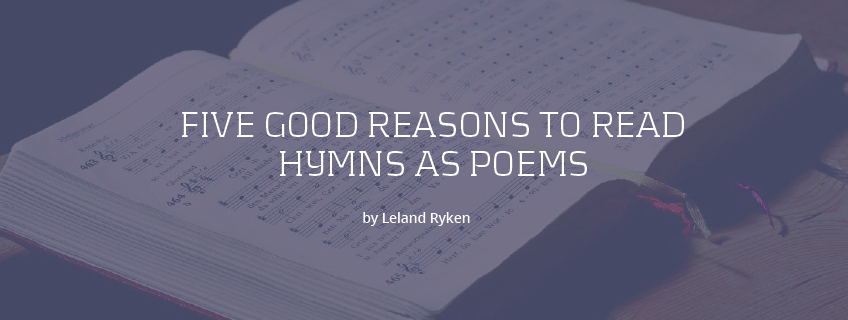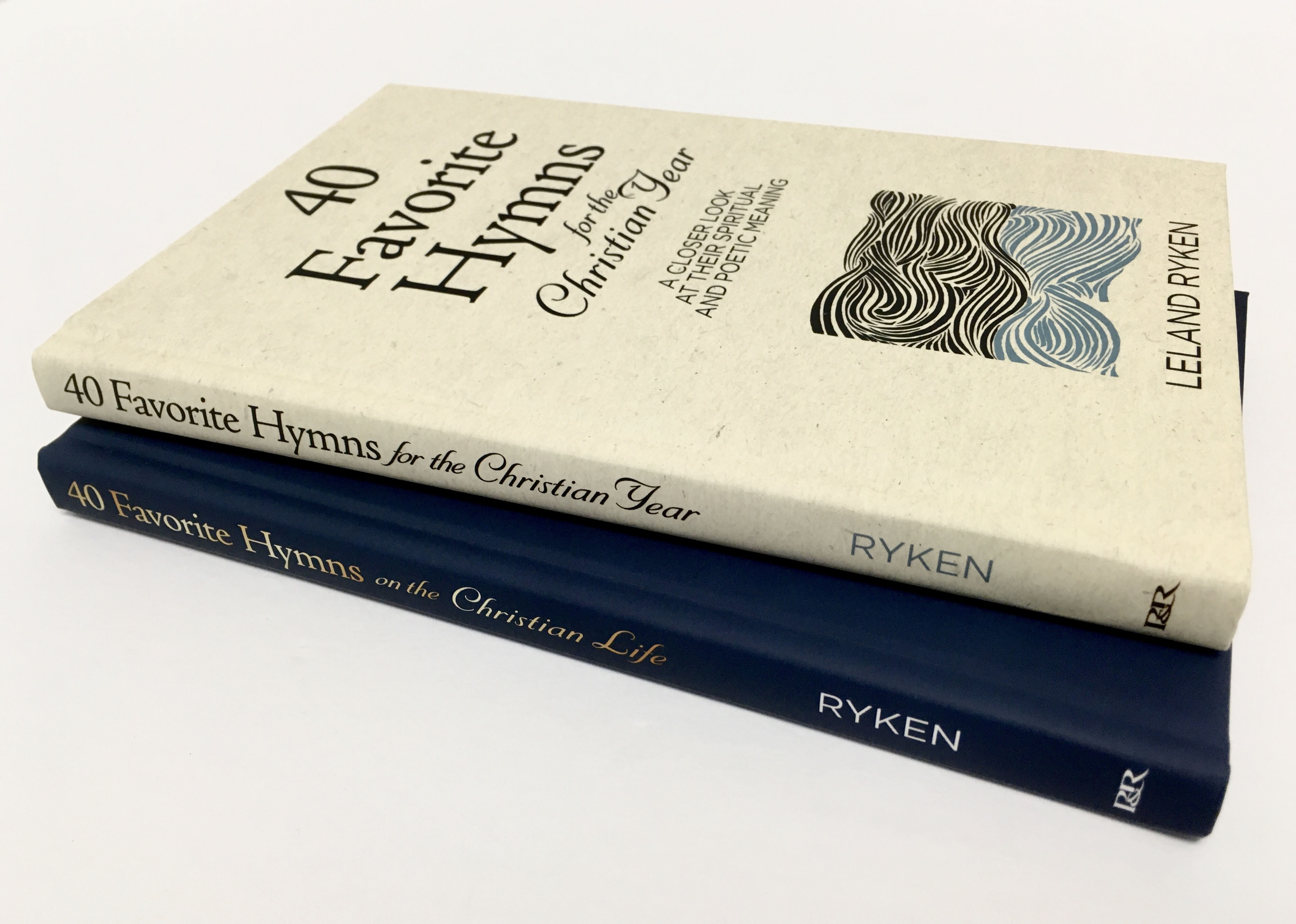
Reading hymns as devotional poems is not a novel idea. Until the 1870s, hymn books were small, portable, word-only books three inches by five inches in size. They were daily companions to school and office and used in private and family devotions in the home.
By providence, I have become a spokesman for reclaiming the great hymns as devotional poems. Here are five reasons for you to share my great discovery.
1. Hymns should be read as poems because that is what they are. As hymn writers themselves attest, every hymn begins as a poem. It becomes a hymn only when the poem is matched to music and then sung. A hymn begins as a verbal text that possesses all the features of a poem, such as composition by lines and stanzas, presence of rhyme and regular meter, and use of imagery and figurative language to embody the meaning.
2. We should experience hymns as poems so we can absorb their content. When we sing a hymn, we are not in control of the pace. We are hurried forward by the need to keep up with the singing. We cannot hit a pause button. As I have become more and more accustomed to experiencing hymns as poems, I have come to see what a small percentage of the content of a hymn is available to me when I sing it.
3. We should read hymns as poems so we can unpack the meanings of the poetic language. Poetry does not carry all its meaning on the surface, nor is that meaning immediately obvious. Images and figurative language require analysis and pondering. Additionally, since by ourselves we do not see everything that is present in a poem, the accumulated insights of literary scholars and ordinary readers are an immense asset.
4. We need to experience hymns printed as poems so we can see their unity and coherence. The biggest revolution in my experience of hymns came when I saw them printed as poems, with the lines and stanzas and rhyme scheme clear to view. Hymnbooks actually print hymns as prose. Printed as poetry, hymnic poems reveal how carefully their authors achieved stanza-by-stanza coherence within their compositions.
5. Experiencing hymns as poems opens the door to seeing the craftsmanship of their authors. As I have edited two volumes of hymnic poems accompanied by five-hundred-word explications, one of the most gratifying discoveries I have made is that the best hymnic poems measure up to all the literary qualities of the poems I have taught in the classroom for over half a century. This applies particularly to their verbal beauty.
—Leland Ryken

ORDER Leland Ryken’s Books on Hymns

Comments